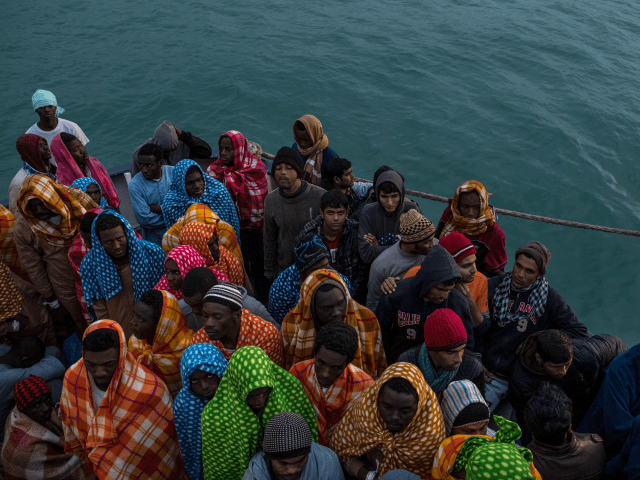In the first three months of 2017, Italy has experienced a 30 per cent jump in immigration compared with the same period of 2016, despite the prior year’s record-breaking figures.
Since January 1, more than 24,000 migrants have arrived on Italian shores, an average of approximately 250 per day, as opposed to 18,777 migrants in the same period of 2016. Nearly 10 per cent of these migrants are unaccompanied minors, according to data released by the ISMU Foundation.
In March alone, upwards of 11,000 migrants landed in Italy, mostly from sub-Saharan Africa. The vast majority come from three countries: Nigeria, Guinea, and Bangladesh.
Last October, Italian Prime Minister Matteo Renzi warned that Italy would not survive another year of mass immigration like 2016.
“Either we block the influx by 2017 or Italy will not handle another year like the past year,” Renzi announced on national television.
“Right now we can manage it: winter is coming and sea conditions will worsen, but we have six months maximum,” Renzi said, insisting that urgent measures needed to be taken to stop the migrants leaving their countries of origin.
In two weeks, the six months Renzi warned about will be up, and the numbers for 2017 are substantially higher than in 2016.
In 2016, Italy registered a record number of migrants over the past twenty-year period, with over 123 thousand arrivals, 47 per cent more than in 2015. During the year, the Territorial Committees examined more than 90 thousand asylum applications, and 60 per cent of cases were denied.
As of March 30, only 4,746 migrants in Italy had been relocated to other European countries out of a total of 34,953 planned. More than 176,470 migrants are currently living in Italian structures, with 78 per cent housed in temporary shelters, 13.5 per cent lodging in centers for asylum seekers and refugees, and the remaining eight per cent in “hotspots” and initial reception centers near ports.
There have been far fewer arrivals on the Greek islands because of last year’s agreement between Turkey and the European Union, and during the first quarter of 2017 Greece has only taken in 4,252 migrants. By comparison, from Jan. 1 to March 22, 2016, Greece had already received nearly 150,000 migrants.
Follow Thomas D. Williams on Twitter Follow @tdwilliamsrome

COMMENTS
Please let us know if you're having issues with commenting.